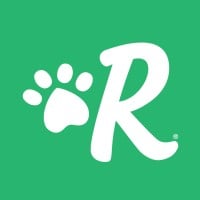
Rover.com
At Rover, everyone has ownership of their work and the opportunity to make a true impact. We believe that being diverse and inclusive is key to our success and encourage every employee to share their unique perspective while being their true self. We believe everyone deserves the unconditional love of a pet, and Rover exists to make it easier to experience that love. We’re supporting dog owners and empowering dog sitters to run thriving pet-care businesses in your neighborhoods. The Rover app and website connect dog and cat parents with loving pet sitters and dog walkers in neighborhoods across the US, Canada, and Europe.






